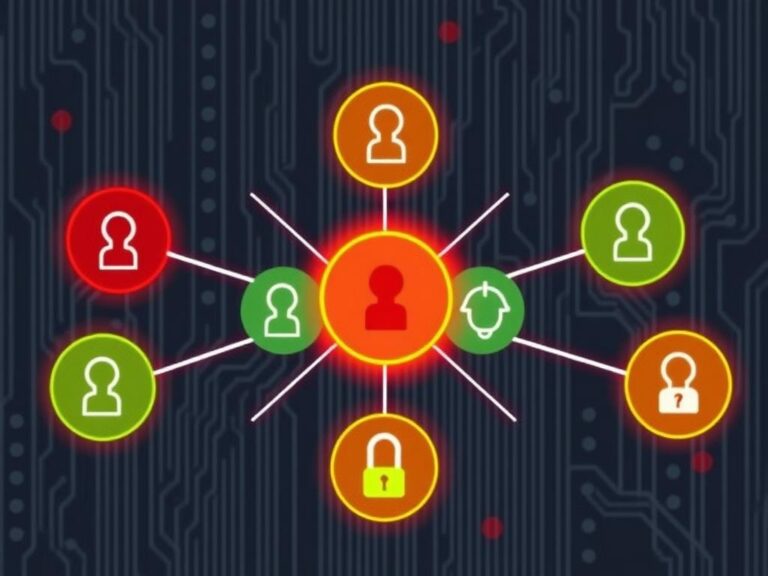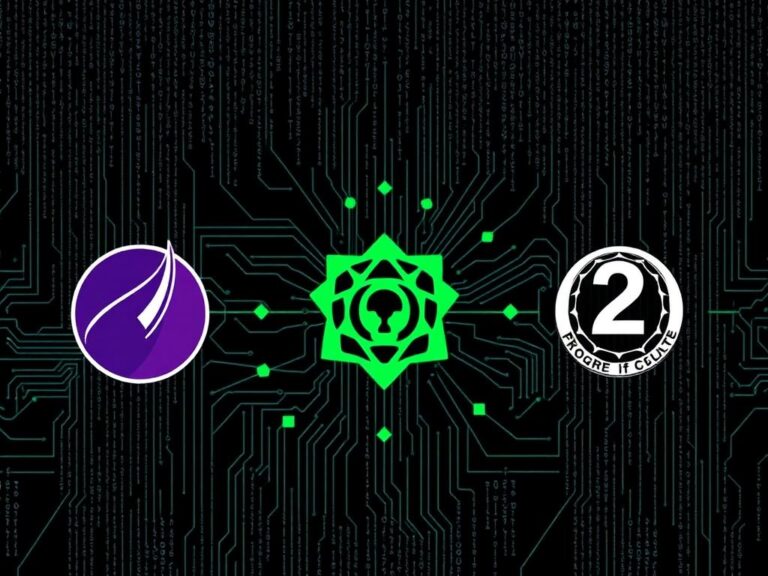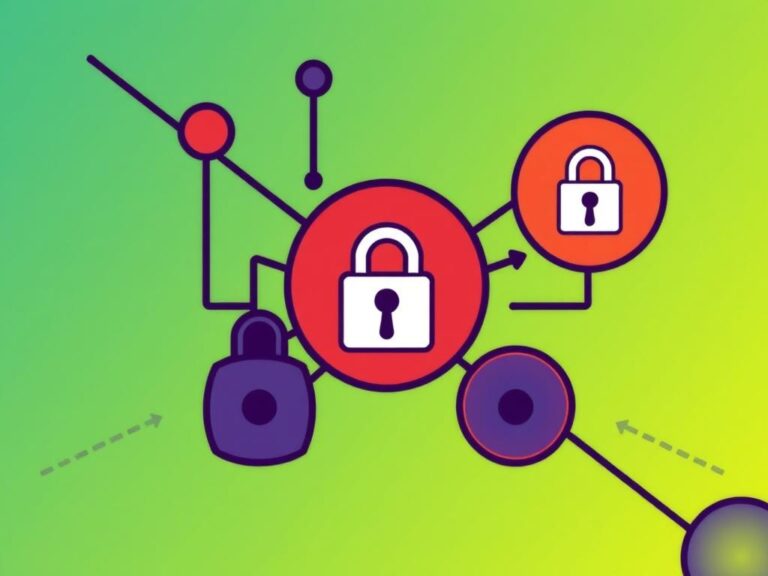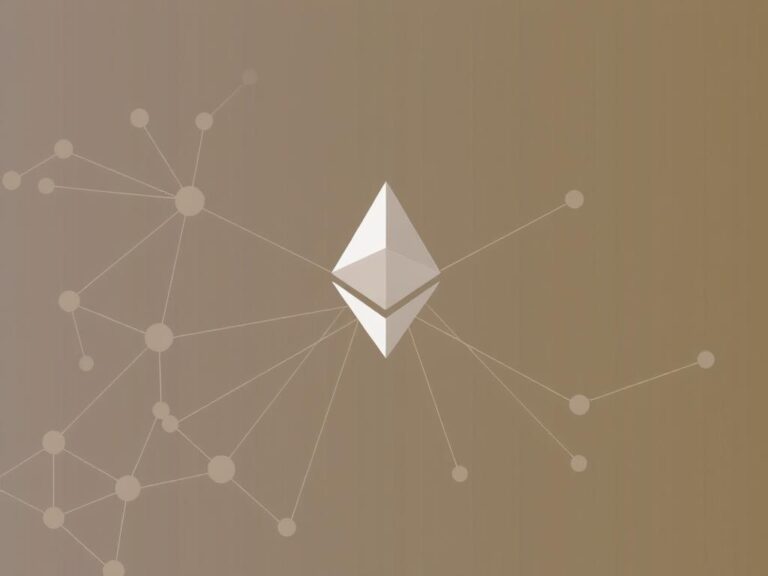Can P2P Networks Be Truly Anonymous? Exploring Privacy in Peer-to-Peer Systems
Understanding P2P Networks: What Makes Them Tick? Peer-to-peer (P2P) networks have revolutionized the way we share data, communicate, and even conduct business online. Unlike traditional client-server models, P2P networks decentralize data distribution by enabling users, or “peers,” to connect directly with one another. This peer connectivity makes P2P networks efficient for sharing files, streaming content,…









